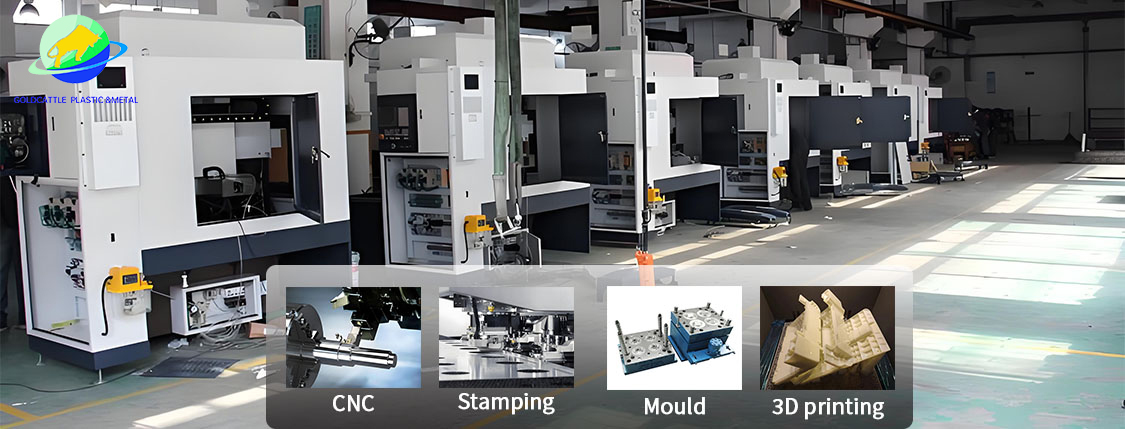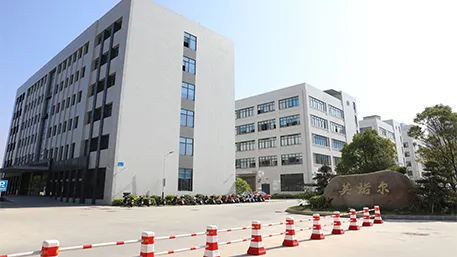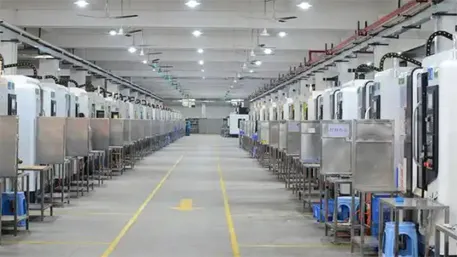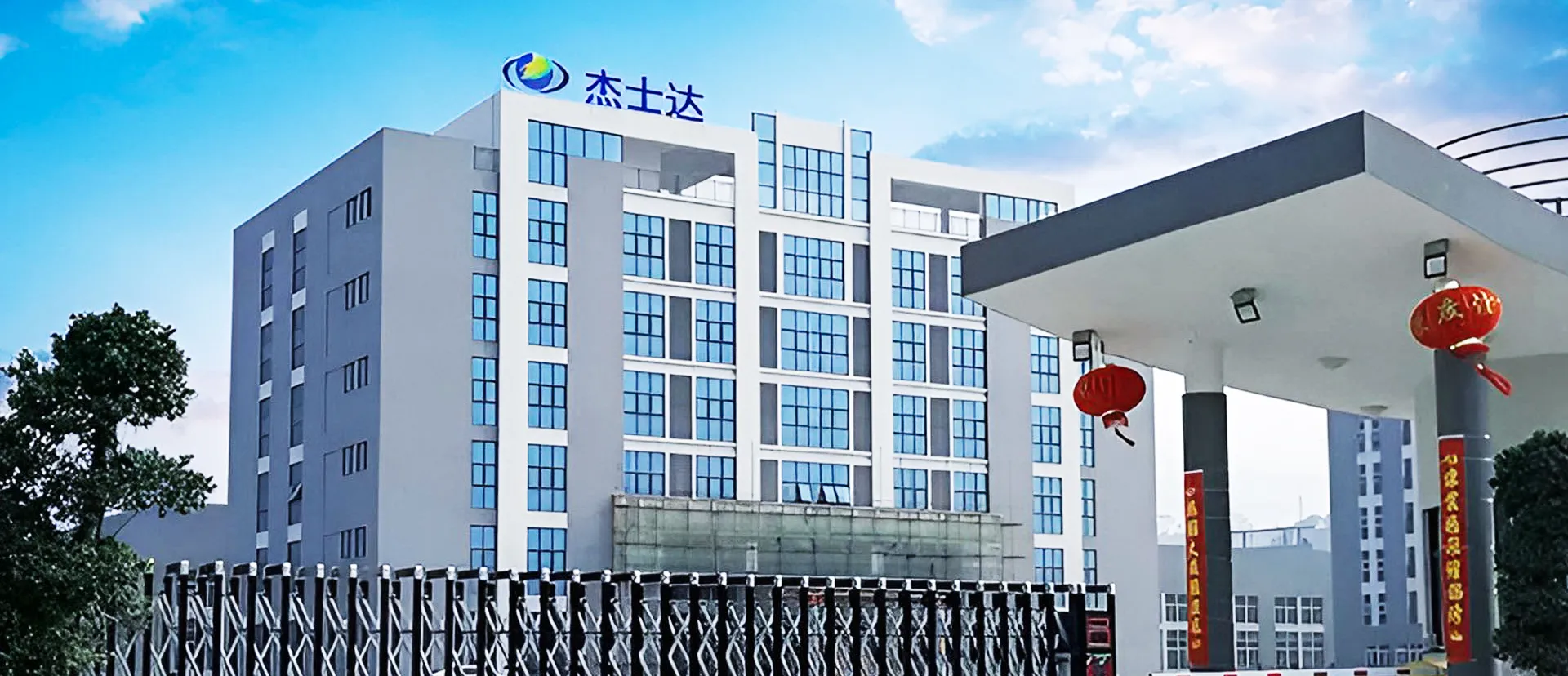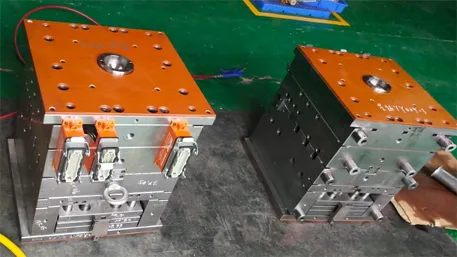With the rapid development of the manufacturing industry, CNC (Computer Numerical Control) machining technology has become a key force driving industrial progress. In China, Xiamen Goldcattle, a national high – tech enterprise, focuses on the research, development, and manufacturing of high – precision injection – molded parts, high – precision mechanical parts, stamping parts, plastic injection – molded parts, and injection – molded components. This showcases the excellent application of CNC machining technology in the field of precision manufacturing. This article will delve into the differences in plastic materials, CNC part customization cases, surface treatment processes, customization procedures, and FAQs, aiming to provide readers with comprehensive knowledge of CNC machining.
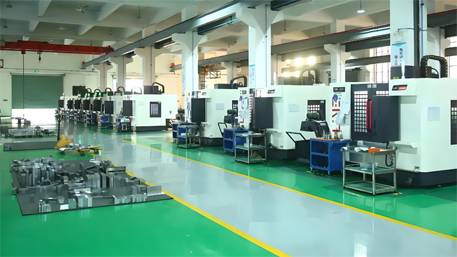
Comparison of Plastic Materials
In CNC machining, choosing the right plastic material is of crucial importance. The following is a comparison of several common plastic materials presented in a technical document style:
| Material Type | Physical Properties | Functional Indicators | Applicable Scenarios | Economy | Mass – production Feasibility |
|---|---|---|---|---|---|
| ABS | High strength, impact – resistant | Good machinability, surface gloss | Electronic product casings, automotive parts | Medium | High |
| PC | High transparency, high toughness | Excellent heat resistance, weather resistance | Optical lenses, medical equipment | Relatively high | Medium |
| PP | Lightweight, corrosion – resistant | Good insulation, machinability | Containers, pipeline systems | Low | High |
| PA66 | High strength, wear – resistant | Good self – lubrication, heat resistance | Mechanical parts, transmission components | Relatively high | Medium |
Engineers’ Material Selection Advice: When choosing plastic materials, it is necessary to comprehensively consider the product’s usage environment, performance requirements, and cost budget. For example, for products that need to withstand high impact forces, ABS is an ideal choice; while for applications that require transparency and heat resistance, PC is more suitable.
Customer Testimonials for CNC Part Customization Cases
Customer Pain Points: When developing a new car model, an automotive manufacturer found that traditional metal parts were too heavy, affecting the vehicle’s fuel efficiency and handling performance.
Technical Challenges: How to achieve lightweight design while ensuring the strength and durability of the parts became a technical problem.
Solutions: Xiamen Goldcattle adopted advanced CNC machining technology to customize lightweight plastic parts for the customer. By precisely controlling the machining accuracy and surface quality, the performance of the parts met the design requirements.
Result Data: The new parts were 30% lighter than traditional metal parts, while maintaining good strength and durability. The vehicle’s fuel efficiency increased by 5%, and the handling performance was significantly improved.
Surface Treatment Processes
Anodizing: An oxide film is formed on the metal surface through electrolysis to improve corrosion resistance and aesthetics. It is suitable for metal products such as aluminum alloys.
Sandblasting Treatment: High – speed jet abrasive is used to clean and roughen the metal surface, enhancing the adhesion of the coating. It is suitable for products that need to increase the adhesion of the coating.
Electroplating: A metal or alloy layer is deposited on the metal surface to improve corrosion resistance, decorativeness, and electrical conductivity. It is applicable to electronic products, automotive parts, etc.
CNC Part Customization Process
- Demand Communication: Communicate with the customer about the specific requirements of the parts, including dimensions, materials, quantity, etc.
- Design and Drafting: Conduct 3D modeling and drafting according to the customer’s needs to ensure that the design meets production requirements.
- Process Planning: Develop a detailed processing process plan, including tool selection, cutting parameter setting, etc.
- Production and Machining: Use CNC machine tools for precise machining to ensure the dimensional accuracy and surface quality of the parts.
- Quality Inspection: Conduct strict quality inspection on the processed parts to ensure they meet customer requirements.
- Packaging and Delivery: Properly package the parts to ensure they are not damaged during transportation and promptly deliver them to the customer.
CNC Part Customization FAQs
Q1: What is the minimum order quantity for CNC part customization?
A1: The minimum order quantity varies depending on the product complexity and production arrangements, and it needs to be determined through communication with the customer.
Q2: How to ensure the machining accuracy of CNC parts?
A2: We use advanced CNC machine tools and precise testing equipment to ensure that the machining accuracy meets the customer’s requirements.
Q3: What is the delivery cycle of CNC parts?
A3: The delivery cycle varies depending on the product complexity and production arrangements, generally within 7 – 15 working days after receiving the order

